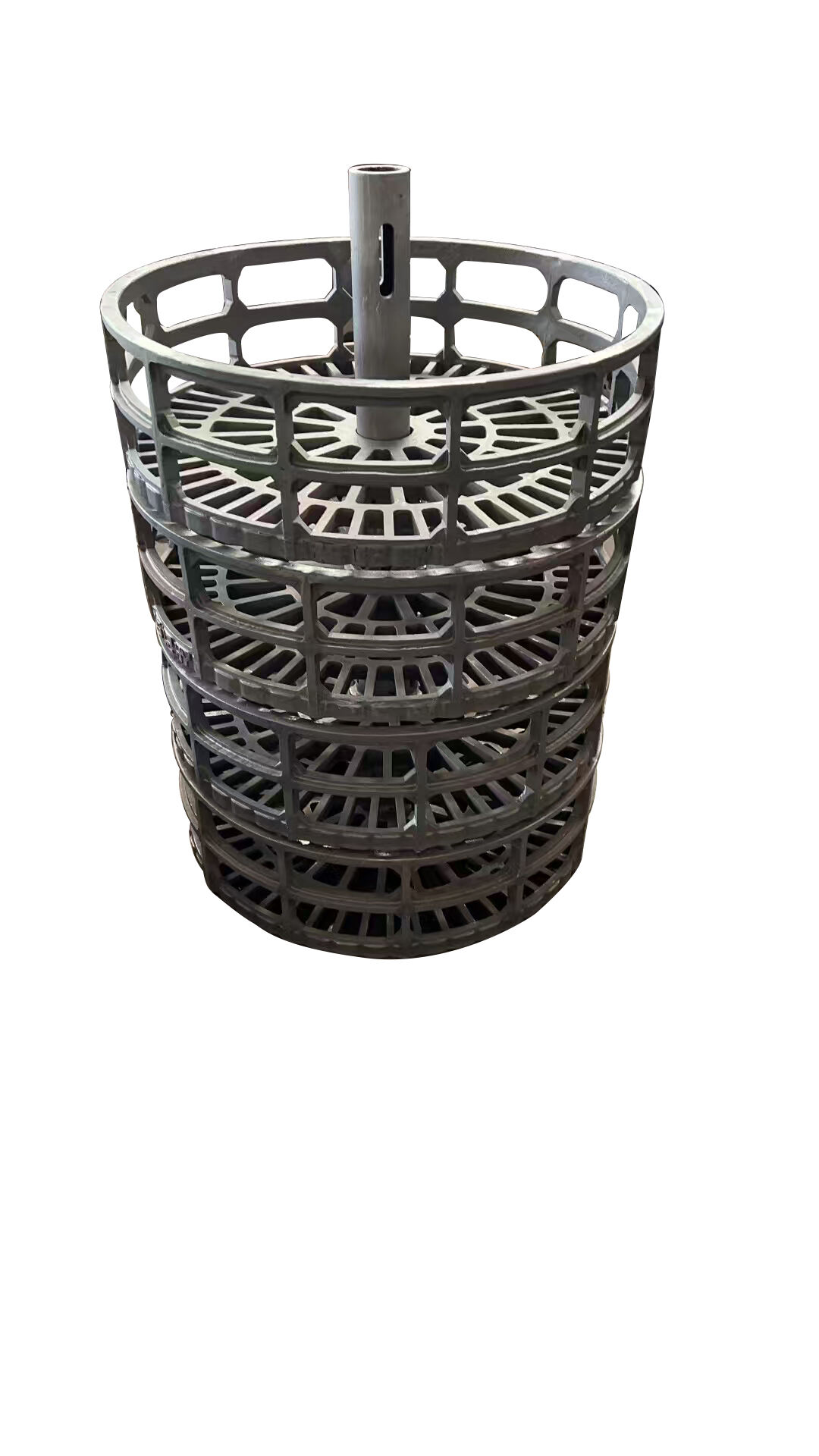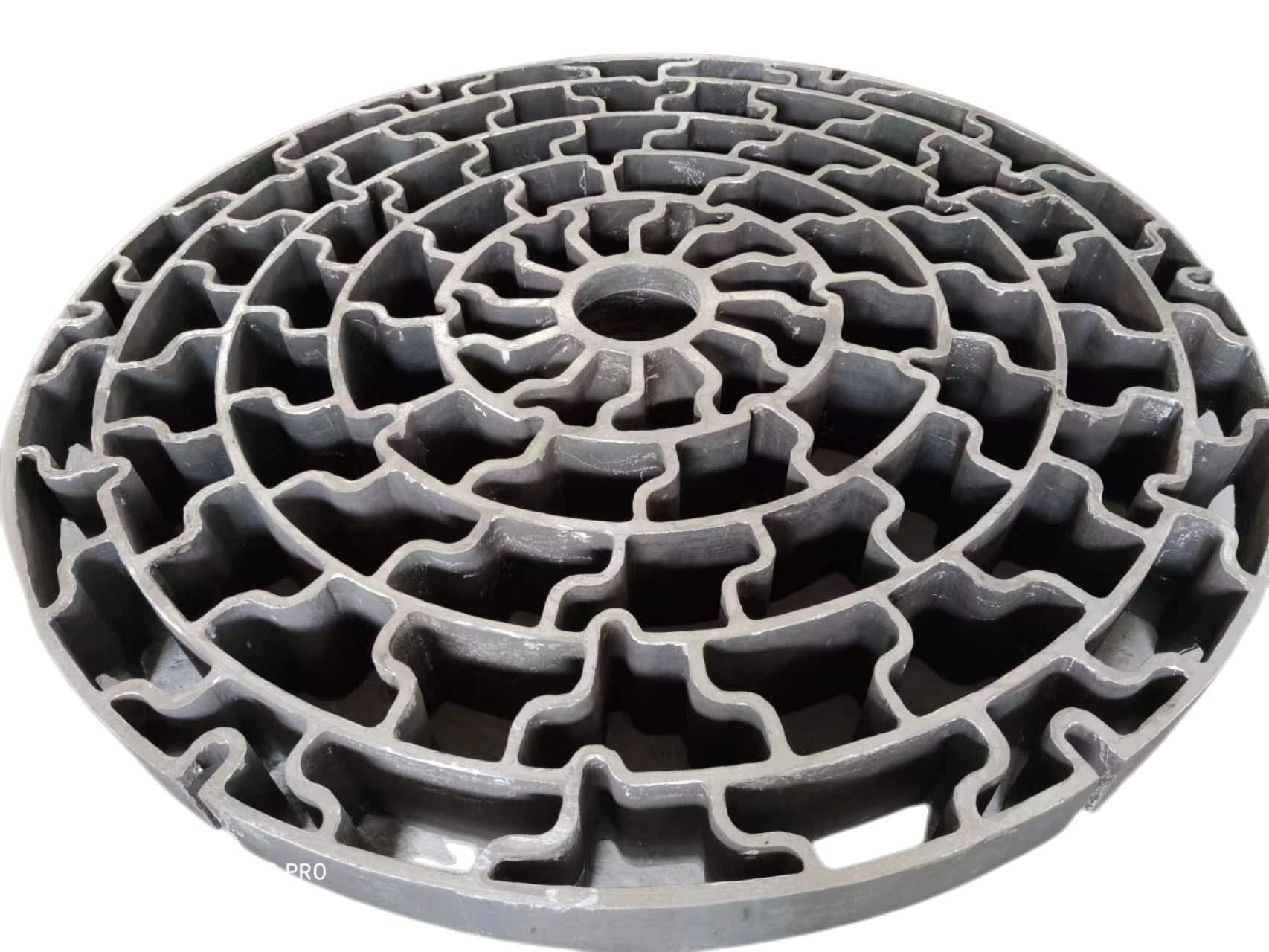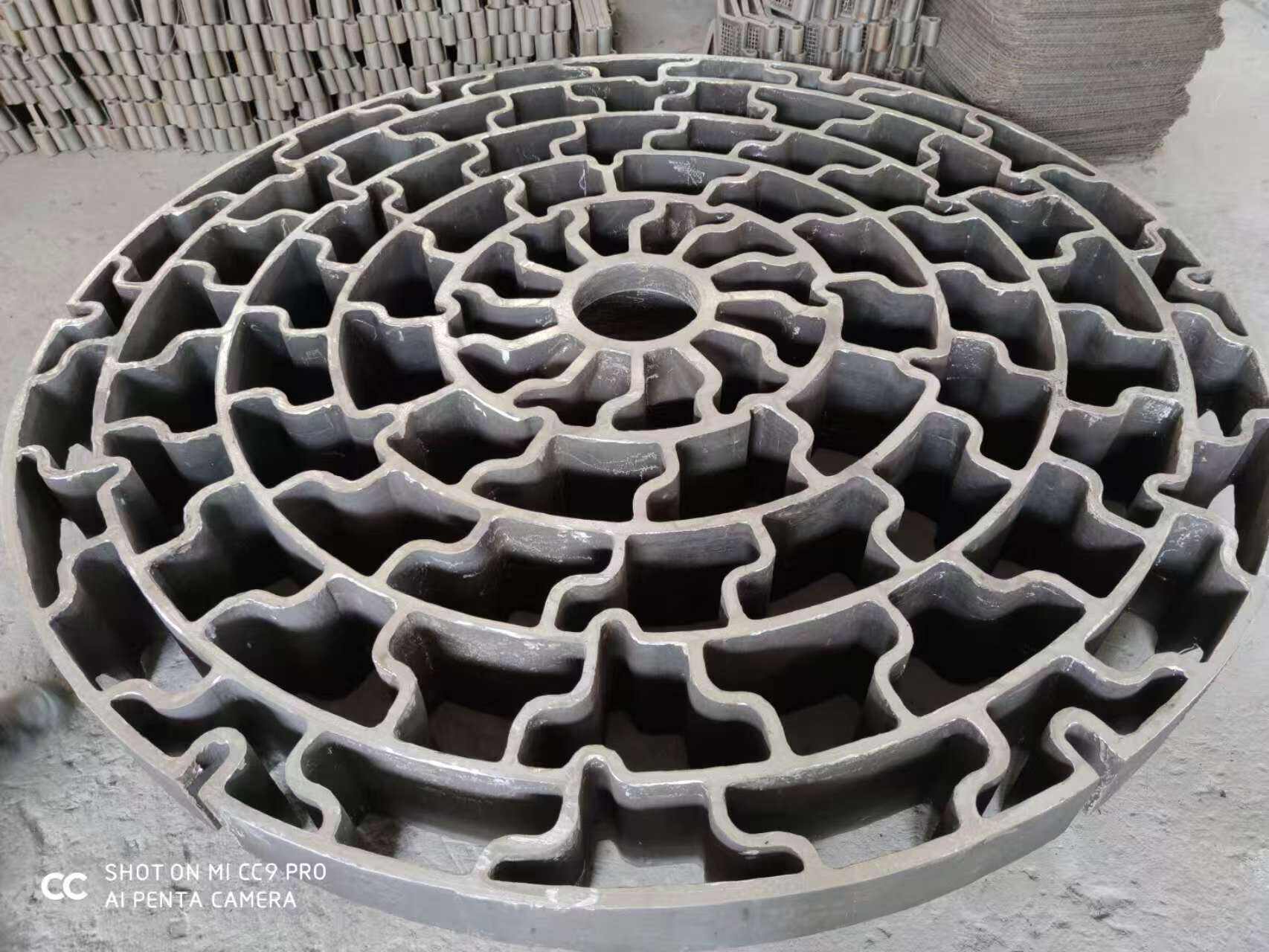well type annealing furnace
A well type annealing furnace is a sophisticated heat treatment equipment designed for precise thermal processing of metal components. This specialized furnace features a vertical configuration with a deep chamber, resembling a well structure, which allows for efficient heat distribution and controlled cooling processes. The furnace operates by maintaining uniform temperatures throughout its chamber, utilizing advanced heating elements positioned along the walls to ensure consistent heat penetration. The well design enables easy loading and unloading of materials from the top, making it particularly suitable for processing long components or batch treatments. The temperature control system incorporates multiple zones for precise temperature management, typically ranging from 300°C to 1200°C, depending on the specific application requirements. The furnace is equipped with automated controls for temperature regulation, timing sequences, and atmosphere management, ensuring reproducible results across different batches. Its construction typically includes high-quality refractory materials and thermal insulation to maximize energy efficiency and maintain stable internal conditions. The well type configuration also allows for the integration of protective atmosphere systems, making it ideal for processes requiring specific environmental conditions to prevent oxidation or other unwanted reactions during the annealing process.


